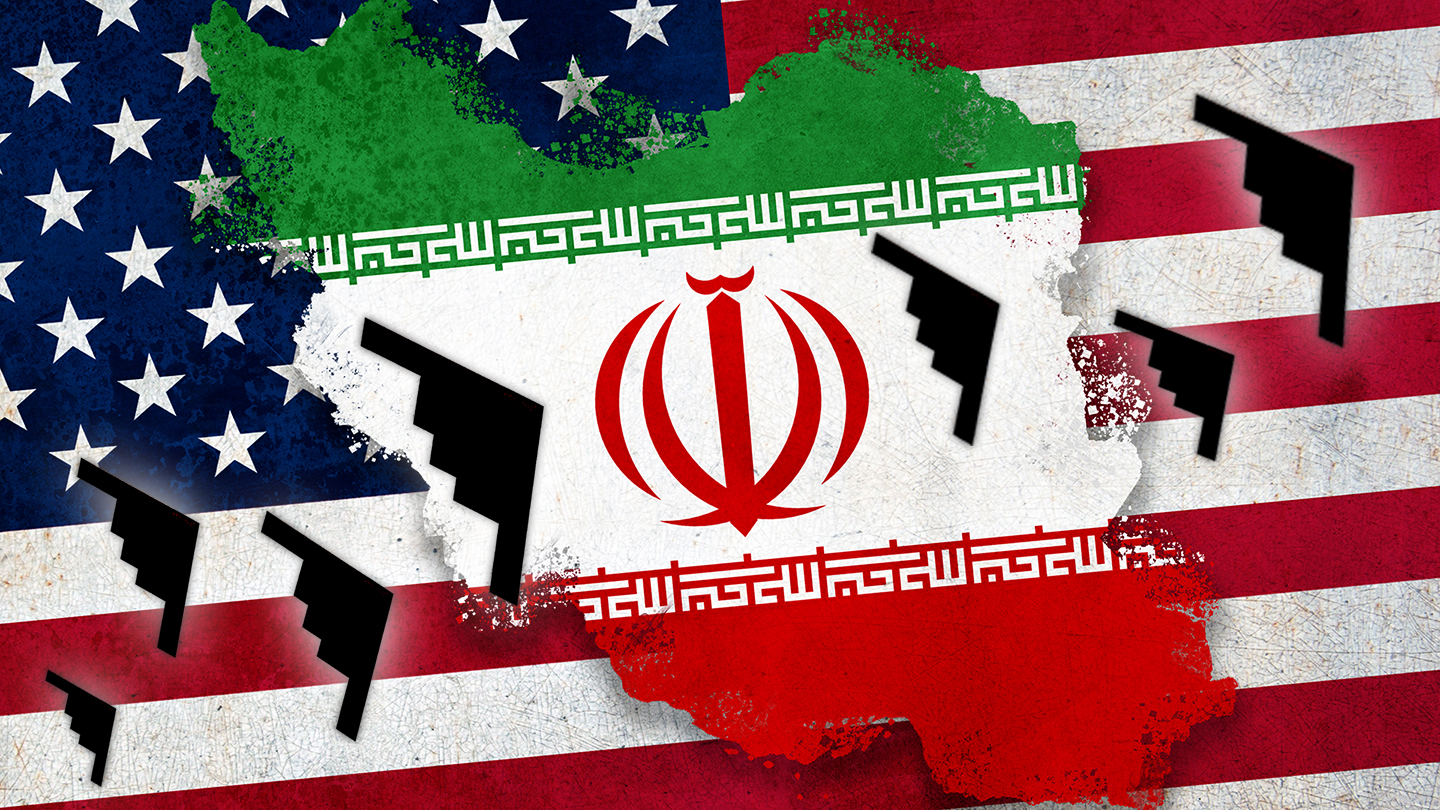In my line of work, I get asked a lot of questions. Sometimes they are on pretty heavy topics and other times they are on things that are downright bizarre. More often than not, they are driven by the news cycle. Over the last week, the one question I am suddenly getting all the time is if the United States is really preparing to go to war with Iran, and if so, why now?
This type of inquiry isn’t uncommon during times of great international tension, but this one is different. The situation seems more nebulous, and the idea that a U.S. attack on Iran could soon occur feels out of the blue for many, especially set amongst the ‘ludicrous speed’ news cycle that has been a hallmark of the first and now second Trump administrations.
Adding to people’s confusion is that there has not been one singular event to prompt the buildup to a potentially unprecedented and extremely volatile military action. This makes it harder for the public to wrap their heads around the possibility that this could really happen, and soon.
For the Trump administration, the catalyst for the buildup is the matured state of Iran’s nuclear program, which, by most accounts, could break out into a nuclear weapons program at any moment if Tehran were to decide to go that route. Any buffer time in this regard seems to have dwindled to nothing. But also orbiting around that issue is the totality of many other long-standing problems the United States has with Iran, some of which date back five decades. The threat it poses to Israel is center stage, especially for the Trump administration, as are its destabilizing actions in the Middle East through its proxy forces. It’s also personal. Iran has reportedly wanted to assassinate Trump, even going so far as to suggest a drone strike against him while he is golfing.

So, could an attack on Iran really happen in the near term? After all these decades of very uneasy restraint, is Trump going to follow through with his May deadline to get the regime in Tehran to come to the negotiating table over its nuclear program? And if that line is crossed without meaningful action on Iran’s part, is the United States really going to get rid of Iran’s nuclear program via unprecedented force? This is a military operation that has been avoided at all costs for decades, largely due to the massive ramifications it could have in the region and beyond.
I don’t think anyone knows the answer to these questions. Maybe not even Trump. But at this point, it seems very apparent that he at least wants the Iranian government to believe that will be the case. Brinkmanship on this level is a very risky game, especially as it is occurring in parallel with attempting a peace deal in Ukraine and as China accelerates its preparations to take Taiwan via military force. If Trump doesn’t follow through with his threat, his hand will become vastly weaker in those other very high-stakes geopolitical confrontations. This may put him in a very tough position, especially considering his persistent declarations of being a vehemently anti-war president who avoids getting America involved in foreign conflicts.
Regardless, make no mistake that a U.S. military buildup now underway in the Middle East is tangible and fitting to what we would see in a contingency situation like this. Moving in B-2 stealth bombers, fighters, support aircraft, another carrier strike group, air defenses, and more all fit the bill of a limited air operation and enhanced abilities to defend key interests in the aftermath. Deterrence — or intimidation — on this level is the strongest card to play at this time, but the hope is that you can achieve a favorable outcome just by posturing, not by actually using the forces you have flowed into the region.
We shall see if that ends up being the page in the history book that’s written or not.
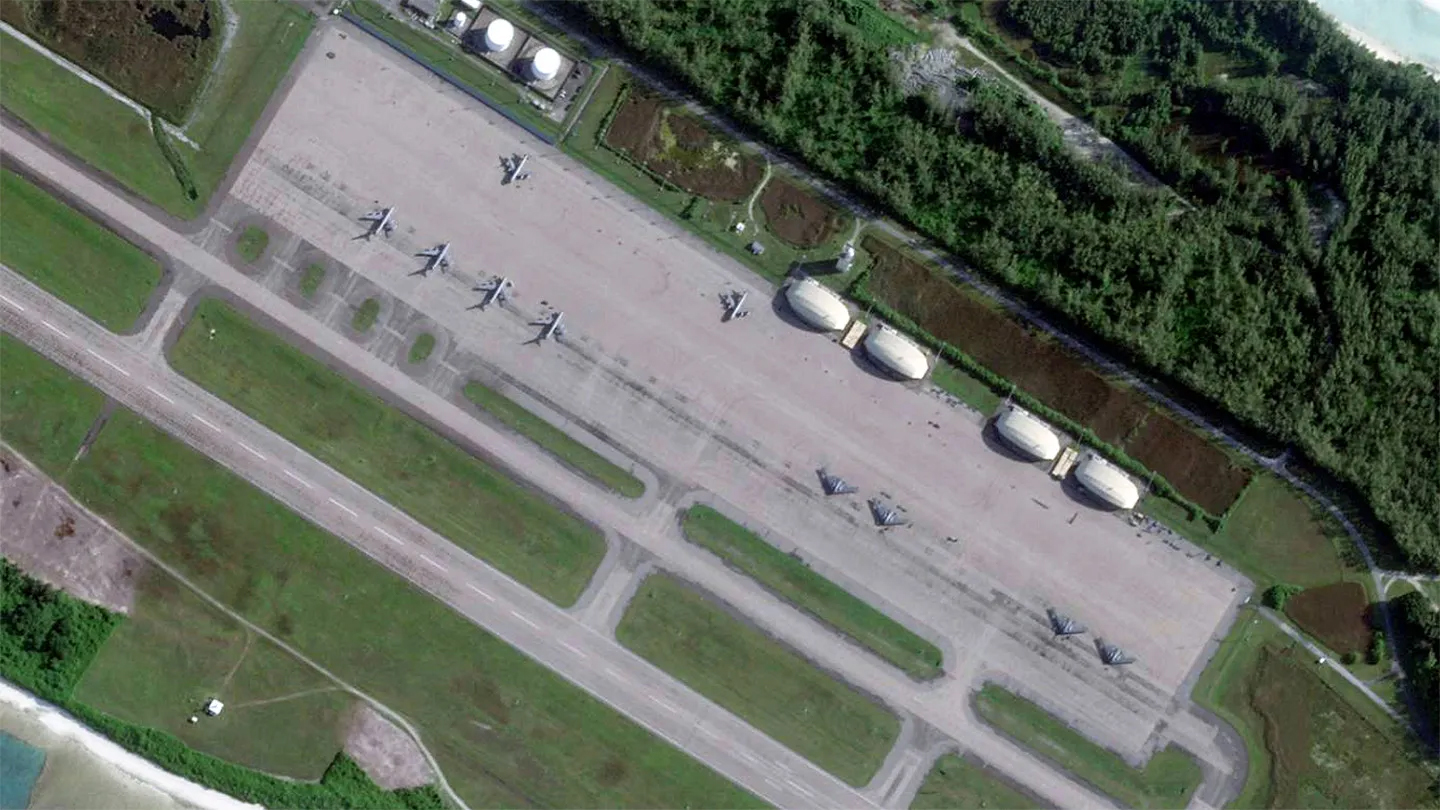
On the other hand, if Iran continues with its ‘take a hike’ attitude in regards to Trump’s diplomatic and power projection overtures, what happens next is truly an unknown. Yes, cracking open Pandora’s box is a very real possibility. Still, we have seen multiple major kinetic escalations that took Iran and its primary foes — the U.S. and Israel — to the brink, only to see everyone get their shots in to check the box and/or to satisfy domestic concerns prior to rapid de-escalation.
While those cases were certainly dramatic and fraught with the risk of sparking a wider war, nobody has gone after Iran’s ace in the hole — its nuclear program — in a comprehensive, kinetic manner. Yes, Israel has done whatever it could short of all out conflict to slow its advance, via all different means, from assassinations to crippling cyber attacks, but blowing up extremely hardened Iranian nuclear facilities is a whole other animal entirely.
If negotiations don’t come to pass and Trump decides to pull the trigger, the most probable operation would be the use of tailored airpower to target Iran’s most critical nuclear sites. Short of a nuclear strike or irradiating the sites via radioactive contamination, nobody has the airpower capability to accomplish this aside from the United States.
We have covered this unique capability at great length over the years. Basically, this is the B-2 Spirit and its 30,000 lb Massive Ordnance Penetrator’s (MOP) distinct mission set. America’s stealth bombers and their MOPs are the only conventional aircraft and munition combination that have a shot at striking at Iran’s most fortified nuclear facilities, some of which are literally tunneled into mountains. Even then, their collective ability to destroy them is questionable, but severely curtailing their utility, at least for a significant period of time, is highly likely.
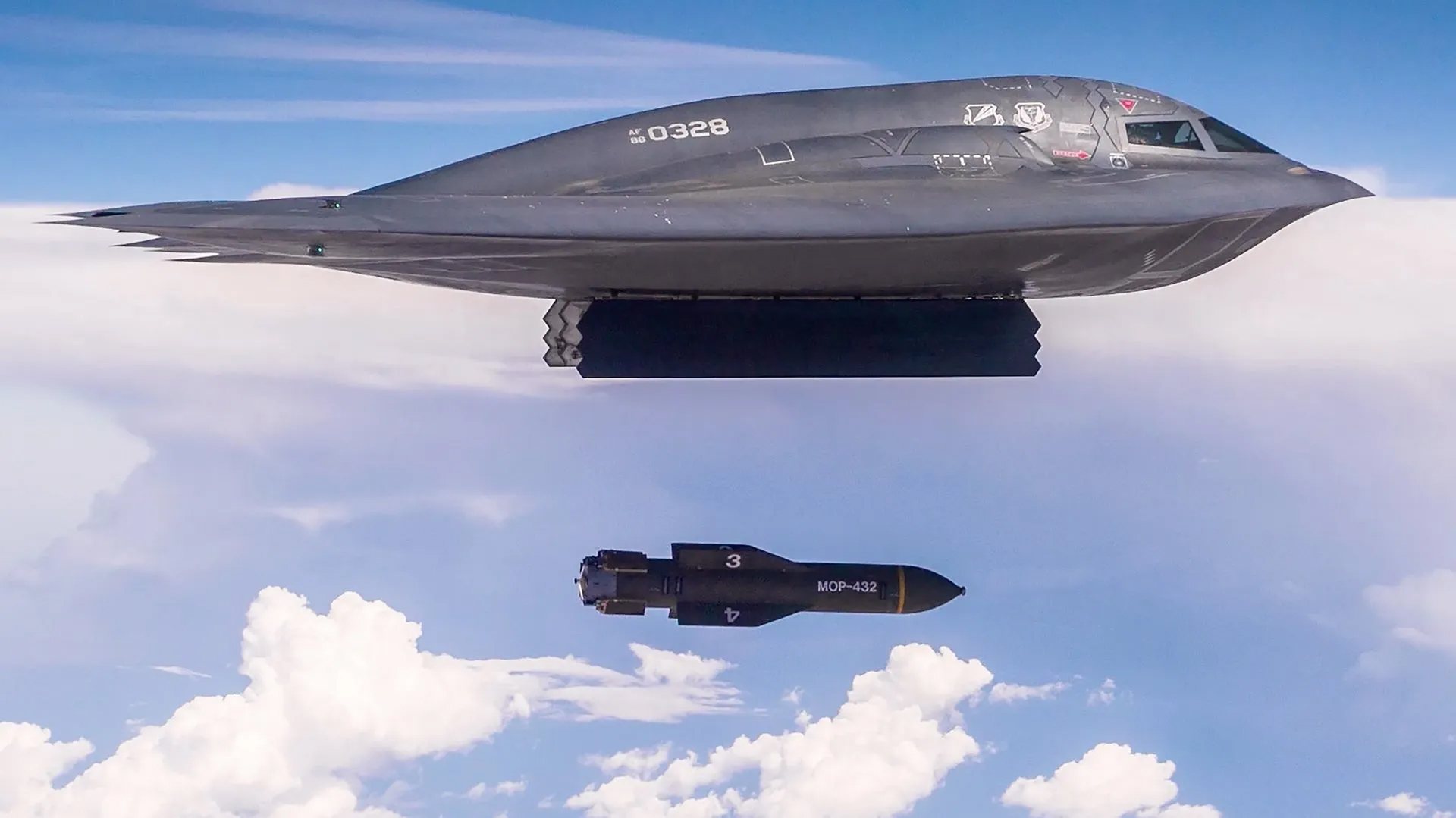
The stealth bombers, as capable as they are, will not go it alone. A huge array of assets will be needed to ensure they reach their targets and return intact. This includes counter-air and suppression/destruction of enemy air defenses (SEAD/DEAD) support, electronic warfare support, combat search and rescue support, intelligence collection and exploitation at every level, and so much more. The B-2s would not be fighting alone. And, yes, the Iranians have an antique air force and second-tier air defense network, but this doesn’t mean the risk is low when putting B-2s and other aircraft, even with all the benefits of stealth, into a combat environment over the country. A lot can go wrong, and regardless of what popular culture may make you believe, stealth bombers are not invisible. No aircraft is.
Still, perhaps the only assured way to destroy the most hardened of these sites by conventional means is via special operations raids on the ground. We have detailed this reality for years and Israel recently executed something of a proof of concept for such an operation in Syria to deter Iran and sharpen its own capabilities in this respect. Regardless, it is highly unlikely the U.S. would commit its ground forces to such a high-risk operation.
Even if airstrikes just target command and control, air defenses, and nuclear sites, the reprisal could be extremely violent. Iran would likely throw everything it has — drones, cruise missiles, and ballistic missiles primarily — at U.S. forces in the region. With this in mind, the U.S. military’s Iranian target taskings could also include standoff weapons facilities, as well as nuclear sites and air defenses, in anticipation of the execution of this retaliatory playbook. It’s possible that hitting Iran’s ballistic missile sites, including its large bunker complexes used for concealed launches and weapons storage, even before attacking nuclear program-related targets may be the way forward should such an air campaign be executed.



Regardless, the air operation would likely rapidly expand after its initial strikes on key strategic facilities to focus on destroying any threatening standoff weapons that are dispersed away from these sites before they can be launched. This is a very challenging mission, especially for such a large country like Iran, whose forces have spent years preparing for exactly this scenario.
A preemptive series of strikes on critical missile facilities and weapons being readied for launch would at least lessen the blow from a massive Iranian counter-strike and would give air defenses a shot at intercepting as much of the onslaught as possible. In addition, in this case, distance is not anywhere near as favorable as in the large-scale missile and drone strikes on Israel. Many U.S. installations are located just across the Persian Gulf and Gulf of Oman from Iran. Early warning and reaction times would be a fraction of what Israel had the advantage of twice last year.
There is also the Strait of Hormuz to worry about, with all its international stakeholders due to the energy supplies that flow through it. China, which depends on oil that transits this notorious choke point, is a real wildcard in this respect. If Iran were to close the Strait and start firing on anything it thought was aligned with the United States in the Persian Gulf and Gulf of Oman, we would be once again in uncharted territory. Iran has built up a massive anti-ship arsenal made up of a vast array of weapon types that is collectively designed to turn this region into a super anti-ship missile engagement zone.
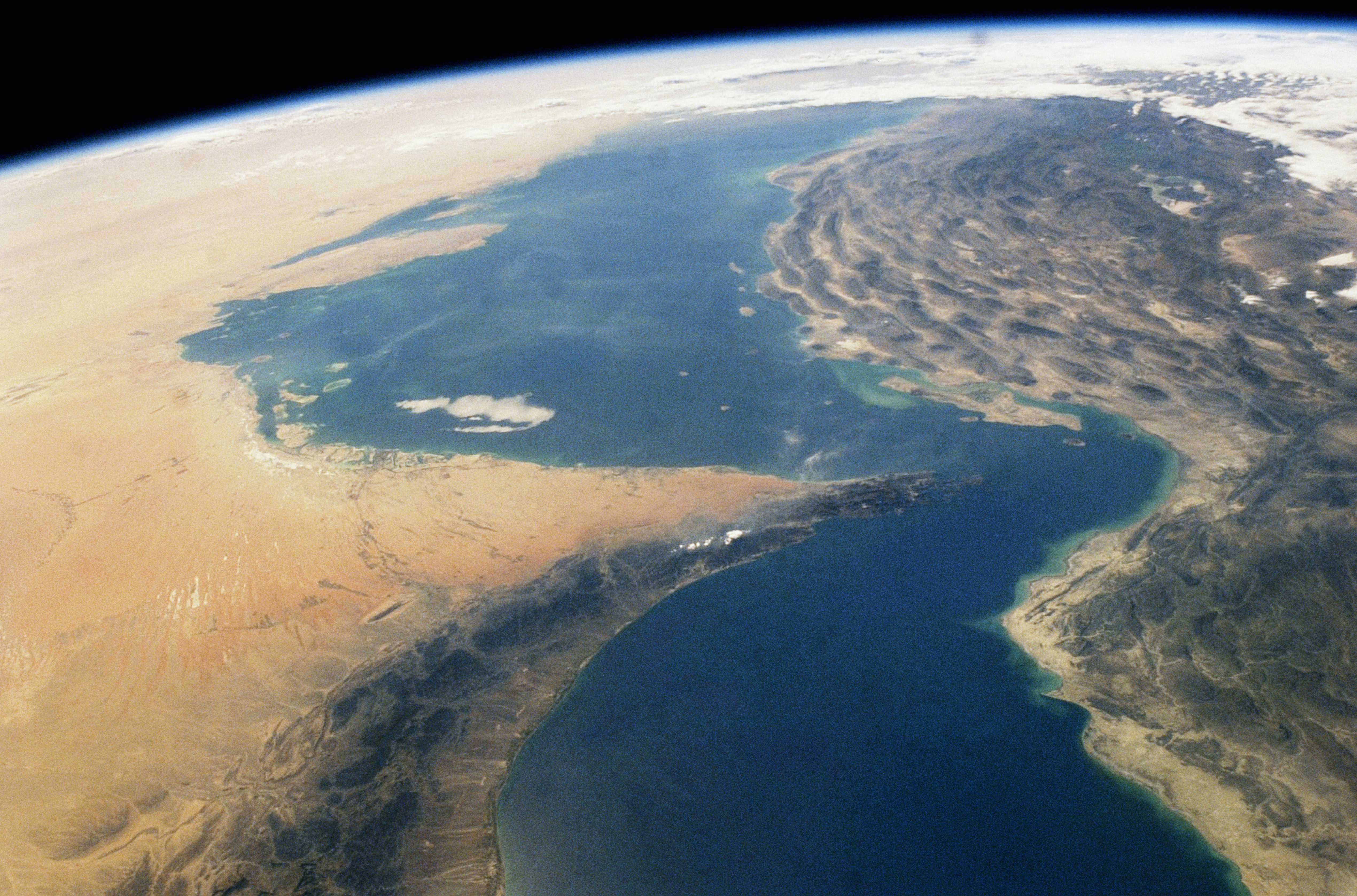
The Houthis are also another factor here, but they are more predictable and are now much more carefully watched compared to before they started taking regular shots at shipping in the Red Sea and the Gulf of Aden. They have already put the use of the Bab el-Mandeb Strait in jeopardy with these constant attacks, although they could also throw everything they have at it suddenly at the direction of their Iranian benefactors. Mining the Bab el-Mandeb and the Strait of Hormuz are additional possibilities that would be highly problematic and could take a long time to clear, resulting in devastating economic impacts.
Iran also has the ability to execute strikes on targets far from the Persian Gulf region using vessels equipped with standoff weapons and via activating operatives around the globe. Simply put, Iran’s response could be very punishing and deadly, and have a real chance of pulling Gulf States that host U.S. forces, as well as key stakeholders dependent on energy from the region, into a wider conflict.
As noted earlier, we do have the benefit of recent history to game out how Iran could respond in such a circumstance. In the recent past, escalation has been limited to strike and counter-strike. After that, all involved stopped climbing the ladder. This very much could be the case in this instance, too, but considering that attempting to crush Iran’s nuclear program kinetically is a whole other level of escalation than what we have seen before, all bets are off as far as how far it can escalate and how fast.
Then there is Israel. Would they be part of such an operation? Their airpower and other military capabilities would be of great value, but involving them would instantly increase the volatility of an already massively volatile situation. So, at this time, it isn’t clear. Trump is extremely close to Netanyahu and, clearly, the current administration in Jerusalem would be begging to help finally neuter its biggest foe’s most terrifying capabilities if the United States is willing to take the lead. While the Israeli Air Force (IAF) is a highly experienced, very well-equipped force to be reckoned with, it is not capable of achieving the same results in regard to striking Iran’s nuclear program using its airpower alone without direct U.S. involvement.
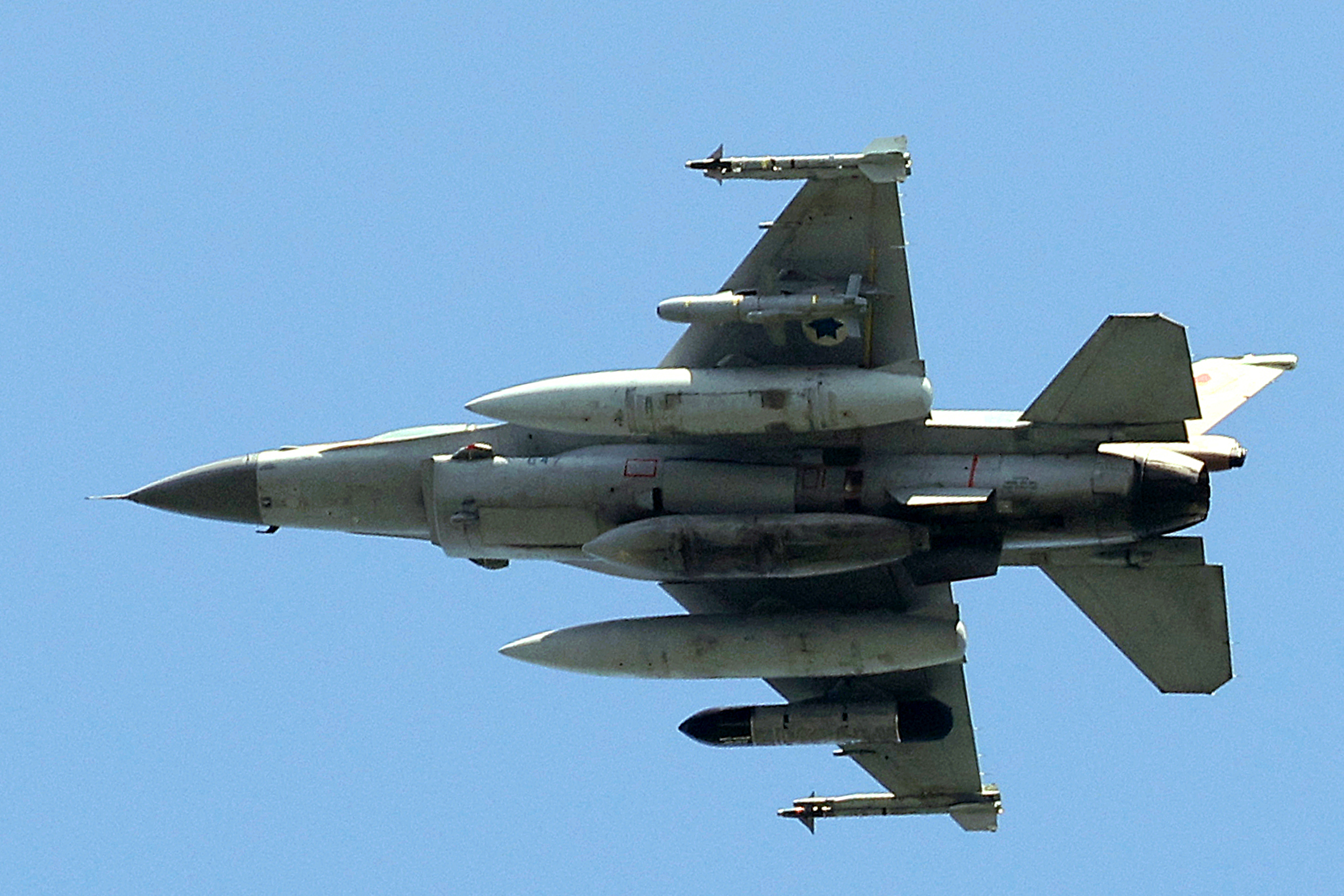
The price of oil could (and likely would) skyrocket, which would affect domestic economics and, as a result, politics back home in the United States, as well as around the globe. Such a shock could send markets tumbling, especially if the military action quickly expands into a protracted conflict. If oil exports from the region are significantly reduced for a prolonged period of time, it could trigger rising tensions and aggression elsewhere. It would also help Russian President Vladimir Putin fund his war in Ukraine, and it could have major humanitarian impacts in poorer countries around the globe.
These are just some of the general and most glaring factors at play. There is a massively complex mosaic of interests, tactical considerations, influences, and macroeconomic factors that would all impact what comes after the first bomb explodes. It is bewildering to try and parse it all.
Considering we are potentially entering into such a perilous geopolitical moment in time, it seems to have not really registered with the masses just yet. Once again, the news cycle is fast and furious, and people are already desensitized to conflict, especially after three years of a risky proxy war in Ukraine and two decades of perpetual fighting during the Global War on Terror. Trump’s messaging in regard to Iran has been consistent, but has not taken center stage. We have gotten no major addresses on such an action from the White House and open source intelligence has been driving the story in the media, above all else.
We can only hope that peace will prevail and that Iran and the Trump administration will work something out to avoid all this. It’s also possible that they could call Trump’s bluff and be successful in doing so if, subsequently, he chose not to act militarily. But considering there are so many other international crises, or ones brewing, that are running in parallel to this one, not doing anything of major consequence would be a big credibility hit for still a very young second Trump administration.
Amongst so much uncertainty, one thing is clear. We have entered into a massive game of chicken that has stakes that are so high they are truly incalculable. It’s time to pay close attention to what happens next.
Contact the author: Tyler@twz.com
